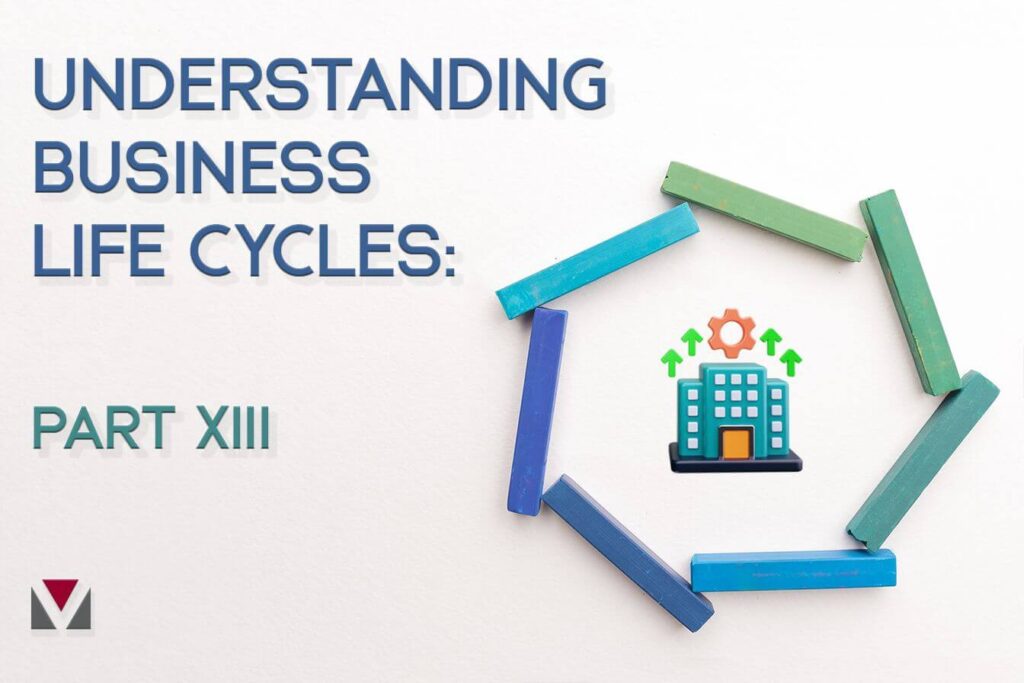LIFE CYCLES, Part XIII
In the “Me” and “We” phases of a company, it’s not uncommon for business owners to think the people they hire are all-stars. This is frequently because they’re just grateful to have somebody on board or because they’re the best people they’ve employed up to this point. This is especially true for owners who have never worked for larger organizations where they may have been exposed to legitimate superstar employees.
But having a good employee doesn’t necessarily mean they’re an all-star or even the right person for their position. Owners soon learn that having the wrong people in critical seats, regardless of the reason, can create turmoil and place a significant drag on the growth of the company—sometimes, even when they are legitimate all-stars. In extreme cases this turmoil can even send the company into a stall.
When a company reaches the “Them” phase, the caliber of its people takes on an even greater importance than in either of the previous phases. The company has usually grown beyond the competence or bandwidth of the owner and any future growth is dependent on what author Jim Collins terms as having the right people in the rights seats on the bus.
The caliber of people isn’t just measured by their years of experience or business acumen. The true measure is their eagerness to work as a team, their commitment to fulfilling the company’s mission and achieving its goals, and their engagement in developing the next generation of leaders within the company. This last point is usually the result of people feeling heard, respected, supported, and, most importantly, TRUSTED.
The best people at this level collaborate well as a team. Personal agendas, silos, jealousies, and defensiveness don’t influence the decisions being made within the organization. They’re set aside in deference to accomplishing the company’s objectives.
In “Them” phase companies, senior managers become advisors to the owner, helping them see things that the owner is either blind to or ill-equipped to recognize. These managers understand the delicate role they play in not only being proactive in performing their own job but in “managing up” to help the owner become a more effective business leader. They help the owner make disciplined, informed decisions based on sound data and input from trusted sources. Company initiatives are governed by a strong sense of mission, vision, shared values, and accomplishment of the company’s Strategic Plan.
Communication is key at this level and crucial in achieving the company’s goals. It needs to be free from gossip, gotchas, and hidden agendas. Instead, it should be candid, clear, and instrumental in fostering a team spirit and healthy culture.
As you can imagine, having managers who are operating at this level requires a lot of growth, not only on their part but also on the part of the business owner. This is something many owners resist, and something I’ll discuss in greater detail in the next Part of this series.



